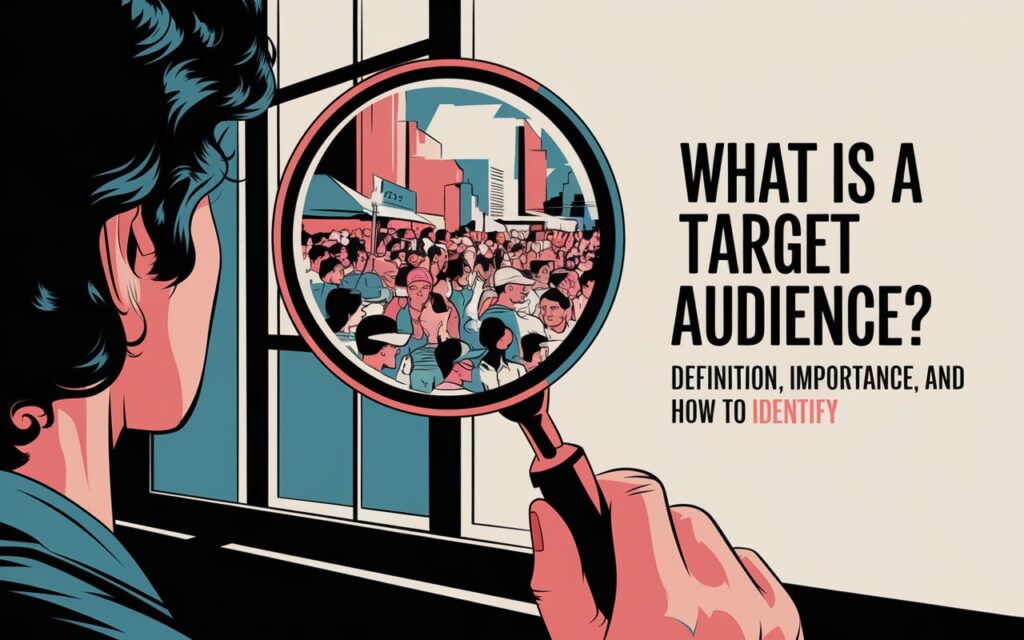Marketing plan—two simple words that carry the weight of an entire business’s growth. Yet, too often, brands either skip it or build one so complex it gets buried in spreadsheets and forgotten folders.
The truth? A great marketing plan isn’t just a document—it’s your GPS. It tells you where your audience is, where your business should go, and exactly how to get there. And in this guide, you’re going to learn how to create one that actually converts.

1. Start With the ‘Why’—Your Business Goals
Every good marketing plan starts by answering a basic question:
What are you trying to achieve?
Are you aiming for more signups? Higher revenue? Building brand trust? Clarify this up front. Marketing for awareness looks very different from marketing for lead generation or retention.
Example:
HubSpot‘s early marketing plan focused on educating through content to grow trust—not immediate conversions. The result? Millions of loyal users and long-term brand equity.
2. Know Your Audience Better Than They Know Themselves
A powerful marketing plan hinges on one thing—understanding your audience.
Break them down by:
- Demographics (age, location, income)
- Psychographics (values, interests, challenges)
- Buying behavior (what triggers a decision?)
Create clear buyer personas. And don’t just guess—use surveys, website data, LinkedIn, even Reddit threads.
Pro Tip: Use tools like SparkToro or Meta Audience Insights to dive deep into your audience’s habits.
3. Conduct a Real Competitive Audit
Your marketing plan must be rooted in reality, not assumptions. That means researching:
- Who your competitors are
- What channels they dominate
- How they message
- Where they’re winning—and where they’re vulnerable
Use tools like SEMrush, Ahrefs, or even a simple Google search to build a real picture of the field. This isn’t about copying. It’s about differentiating.
4. Choose Your Marketing Channels Strategically
No, you don’t need to be on every channel. That’s how brands burn out fast.
Ask:
- Where does your audience hang out?
- What channel fits your budget and strengths?
- What channel aligns with your business goal?
A startup may choose:
- SEO blog content (for long-term traffic)
- LinkedIn outreach (for B2B leads)
- Webinars (for authority)
Whereas a fashion brand might lean on:
- Instagram Reels
- Influencer marketing
- Email drops
Build your channel mix around your brand and your buyers.
5. Build Your Messaging & Content Pillars
At this stage, your marketing plan needs a content strategy. What are the 3–5 core themes or “pillars” you’ll build content around?
Examples:
- A SaaS CRM might use: lead generation, sales process optimization, retention
- A health brand might use: wellness tips, product science, real customer stories
Tone matters too. Decide:
- Are you witty or formal?
- Educational or persuasive?
- Opinionated or neutral?
Align your voice with your customer’s personality. Speak their language, not yours.
6. Set SMART KPIs
You can’t improve what you don’t measure. Your marketing plan must define KPIs that are:
- Specific: “Get 2,000 organic website visits/month”
- Measurable: “Increase email open rate from 18% to 25%”
- Achievable: Be ambitious, but real
- Relevant: Match your core goals
- Time-bound: Attach deadlines
Track them weekly, not quarterly. Marketing is momentum-based.
7. Budget It—Even If You’re Bootstrapped
A marketing plan without a budget is like a campaign with no fuel.
Break your budget by:
- Paid ads (search, social)
- Content production (writing, video, design)
- Tools and software (email, analytics, CRM)
- Team (in-house or freelance help)
If your budget is low, invest in high-leverage channels—like SEO, partnerships, and UGC.
8. Plan for Execution (Most People Skip This)
This is where most marketing plans die.
Create a marketing calendar that shows:
- What’s being done
- Who’s doing it
- When it’s going live
- What success looks like
Use tools like Trello, Notion, or Asana to stay accountable. Weekly standups (even if solo!) keep momentum alive.
9. Test, Learn, Repeat
Your marketing plan isn’t fixed—it’s alive.
Track results weekly. Ask:
- What’s working?
- What needs tweaking?
- Where are we wasting energy?
Don’t be afraid to pivot. The best marketers adapt fast, based on real feedback—not gut feeling.
Example: When Dropbox saw that paid ads weren’t working, they shifted their marketing plan entirely to referral marketing. It became legendary.
Final Word
A solid marketing plan isn’t flashy—it’s focused. It gets everyone aligned, keeps your message consistent, and saves you months of wasted effort.
Whether you’re a student learning the ropes or a CMO rethinking strategy, the steps above give you the structure to plan smarter—and execute better.
Sign-up the Marketing Intelix newsletter.





